Highlights
Director-General

News
Green Climate Fund greenlights two major FAO-led projects to strengthen climate resilience in Kenya and Serbia
The initiatives worth over $130 million will benefit over 6 million people

Story
Living and breathing gastronomic traditions in Serbia
Support in obtaining geographic indication labels for products bolsters quality and incomes.
.jpg?sfvrsn=962884d5_1)
FAO Director-General paid tribute to Ethiopia’s agrifood systems
QU Dongyu visited several agricultural facilities on the margins of the African Union Summit in Addis Ababa and met with Prime Minister Abiy Ahmed
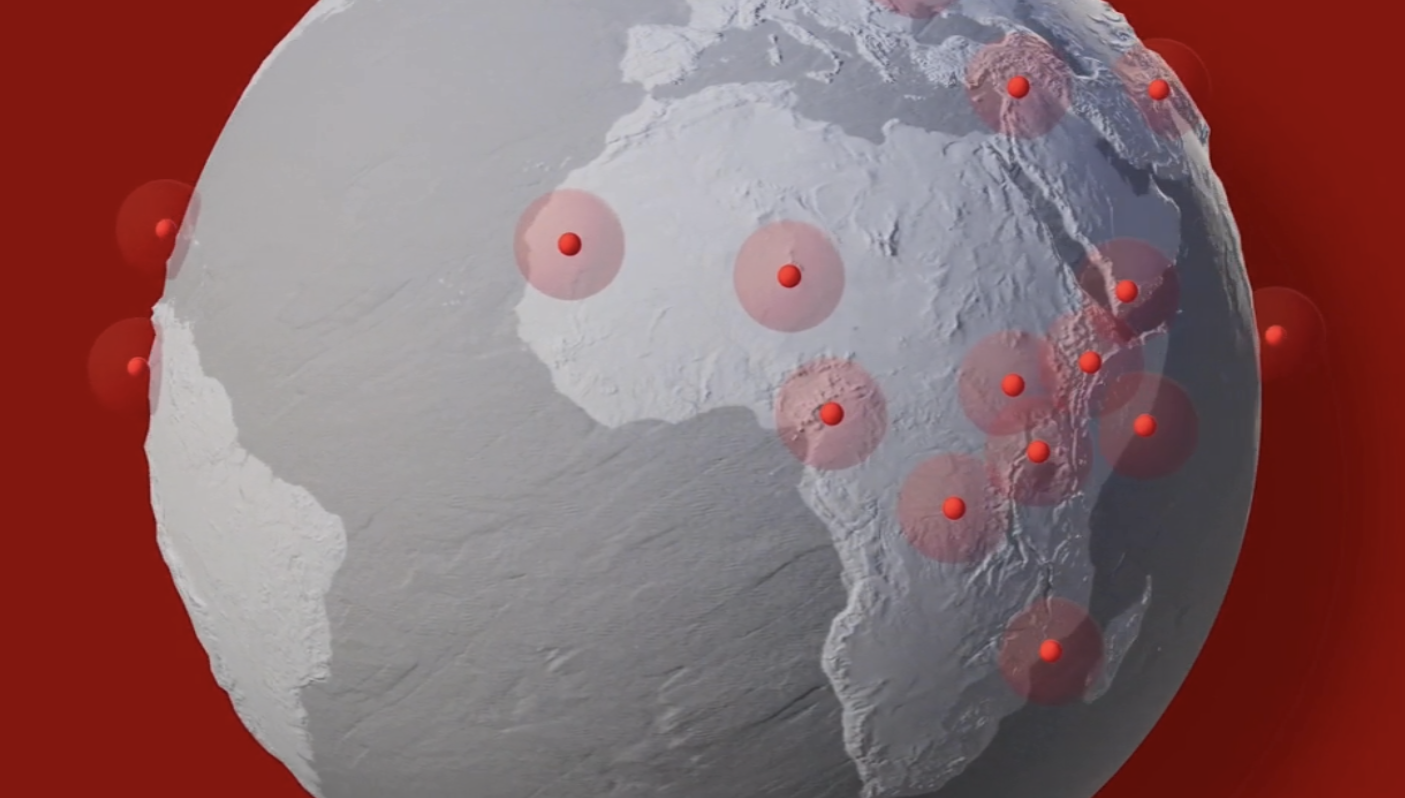
Interactive story
Agricultural aid is humanitarian aid
FAO helps farmers around the world to strengthen their resilience in the face of emergencies.

In Focus
What are Geographical Indications?
Geographical Indications certify that a product’s unique qualities and reputation stem from its place of origin. Learn how FAO and its partners support their potential for sustainable agrifood systems.

In Focus
FAO response to global food security challenges
Data analyses, policy recommendations, and actions on the ground.

Publication
World Food and Agriculture – Statistical Yearbook 2024
Explore data on the major factors at play in the global food and agricultural landscape.

Campaign
Join the International Year of Camelids Photo Contest
Are you a professional or amateur photographer or simply passionate about camelids? Help us spread the word about the importance of these heroes of deserts and highlands!
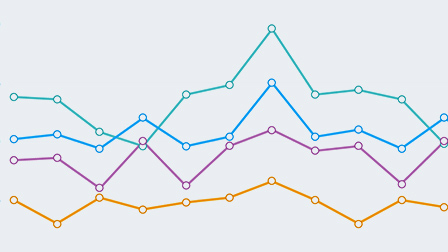
Statistics
FAOSTAT - Food and agriculture data
FAOSTAT provides free access to food and agriculture data for over 245 countries and territories and covers all FAO regional groupings from 1961 to the most recent year available.
Director-General
.jpg?sfvrsn=962884d5_1)
FAO Director-General paid tribute to Ethiopia’s agrifood systems
QU Dongyu visited several agricultural facilities on the margins of the African Union Summit in Addis Ababa and met with Prime Minister Abiy Ahmed
Join the conversation
Voices of Impact
PROEZA Paraguay Project: Indigenous communities improve their lives through reforestation
17/02/2025
With technical cooperation from FAO, the Poverty, Reforestation, Energy and Climate Change (PROEZA) project aims to improve lives of indigenous communities in the Eastern region of Paraguay through the implementation of agroforestry systems, by reducing greenhouse gas emissions, and mitigating and improving the capacity to adapt to the impacts of climate change in rural communities.
Video
FAO’s vision for a Blue Transformation
14/11/2023
Imagine a world where aquatic food systems provide sustainable and healthy food and nutrition while conserving biodiversity and safeguarding the environment.
Podcast
FAO Brief -17 February 2025
17/02/2025
In this episode, a joint FAO-UNOOSA report highlights how geospatial technology can help strengthen global food security; FAO warns that extreme weather events continue to threaten food security in Latin America and the Caribbean; and the FAO Food Price Index declined in January.
Data
Evolution of trade by food category (based on daily per capita energy content), world, 2000-2021
During the last two decades, food trade increased significantly. In 2021, nearly 5 000 trillion kilocalories were traded, more than double the energy traded in 2000. Daily per capita food trade increased from 930 kcal in 2000 to 1 640 kcal in 2021, while the composition of trade changed.
SOURCE: FAO. 2024. The State of Agricultural Commodity Markets 2024 - Trade and nutrition: Policy coherence for healthy diets. Rome. https://doi.org/10.4060/cd2144en
2020 World
31.2%
2010 World
31.5%
In depth

Data
Transparency is key to FAO’s mission
Our new transparency portal shows how and where our resources are used and the results we have achieved. Explore the portal now.
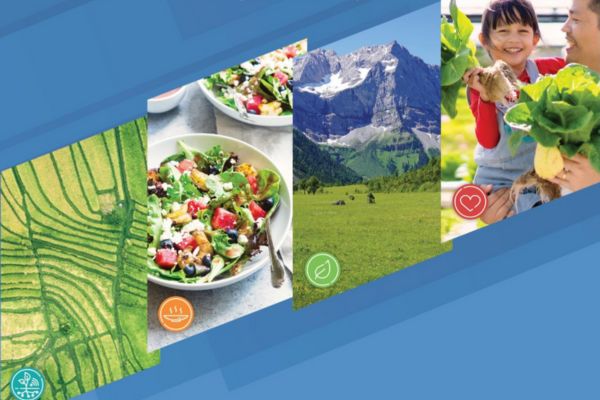
Publication
Medium Term Plan and Programme of Work
The Director-General’s Medium Term Plan (Reviewed) 2022-25 and Programme of Work and Budget 2024-25.
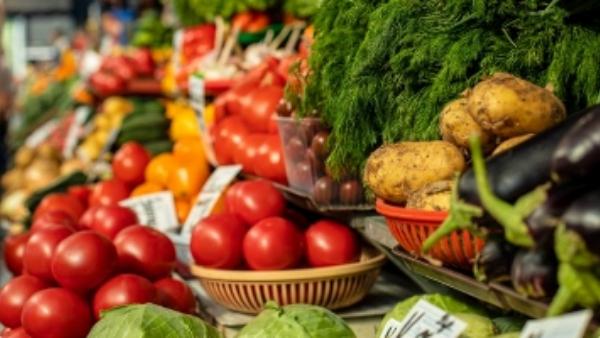
In Focus
FAO Data Lab
The FAO Data Lab for Statistical Innovation modernizes the statistical business process, with a specific focus on emergency contexts, when having access to timely information is very important.
FAO and the SDGs
Hover the mouse over an SDG icon for more information
A world free from hunger and malnutrition where food and agriculture contributes to improving the living standards of all
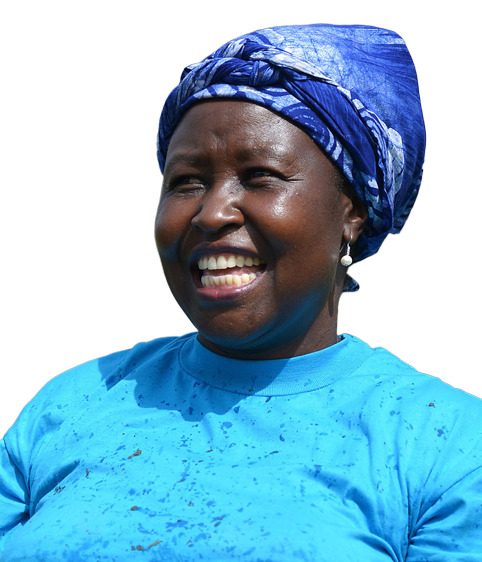
FAO works with governments and partners to empower some of the world’s most marginalized people to end rural poverty.
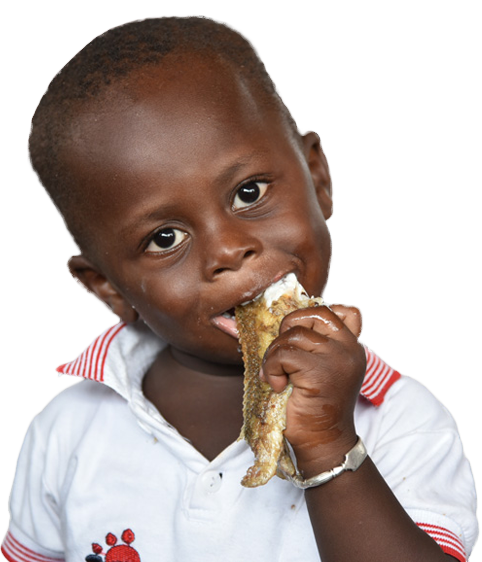
FAO helps ensure food security by developing ways of growing food that will work in the future so that millions of people don’t go hungry.
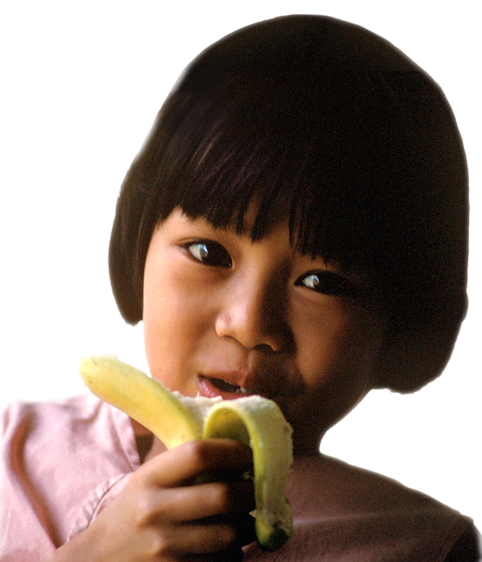
Good health starts with nutrition. FAO sets global standards and works with governments and the private sector to ensure food quality and safety throughout the food chain.

FAO invests in educational systems for rural communities and supports improved access to primary education and school meals in order to create equal opportunities for all and chances of lifelong learning.
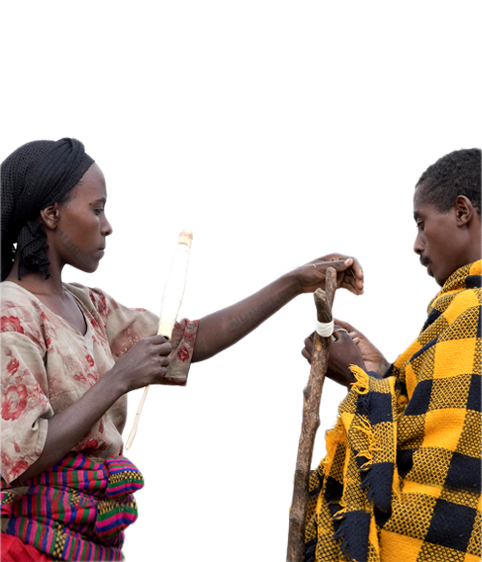
FAO supports gender equality in the agricultural sector in an effort to raise levels of nutrition in local communities and improve agricultural productivity.
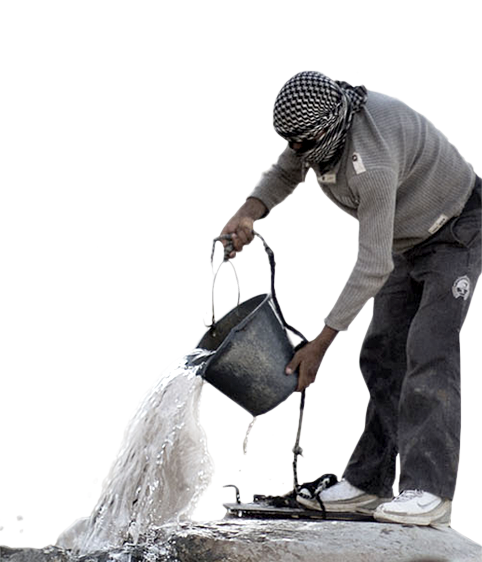
FAO works with governments to ensure water use in agriculture is made more efficient, equitable and environmentally friendly.
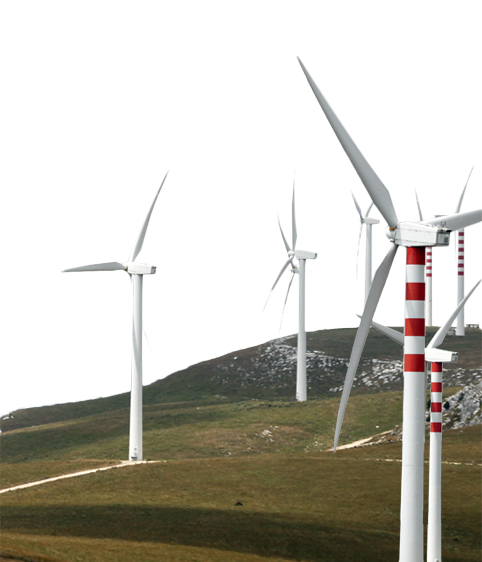
FAO promotes the use of renewable energies and works to ensure access to modern energy services across the food chain.
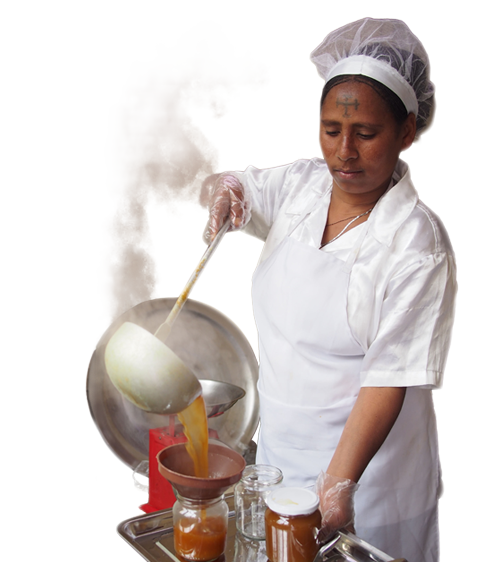
FAO seeks better economic opportunities for all by investing in sustainable agricultural practices and food systems that reduce inequalities and create decent jobs.
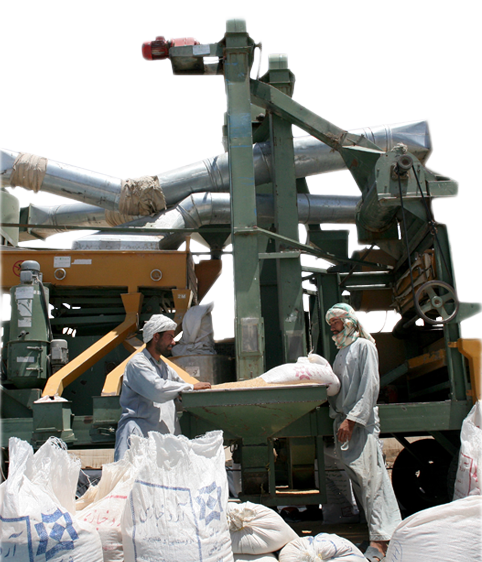
FAO seeks to secure a future for rural communities via investments in transportation, irrigation, food storage facilities and communication technologies.
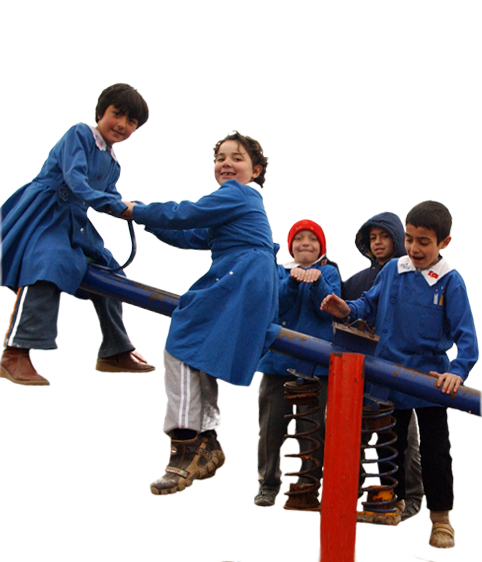
FAO works with countries and partners to generate employment in rural areas, ensure access to natural resources for the most vulnerable and connect farmers to markets.
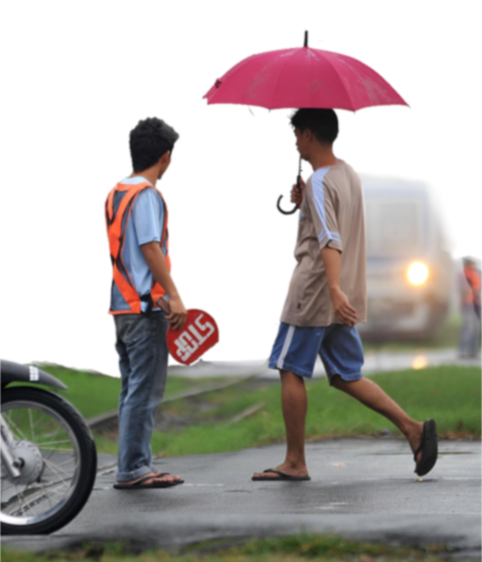
FAO works to improve urban healthcare, water quality and rethink city region food systems to help deter the negative effects of sprawling urbanisation.
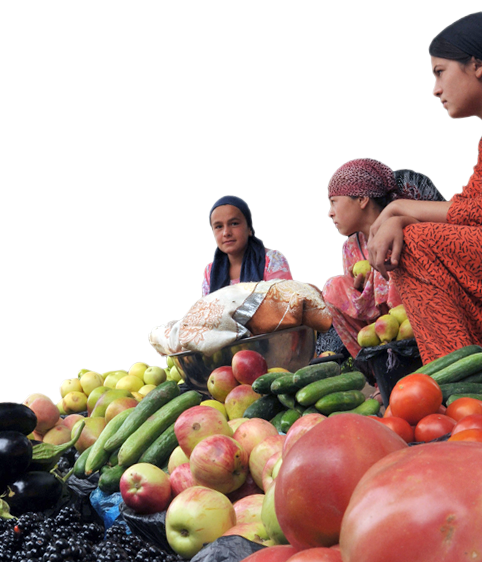
FAO coordinates major global initiatives and projects to tackle food waste and loss, partnering with international organisations, the private sector and civil society.
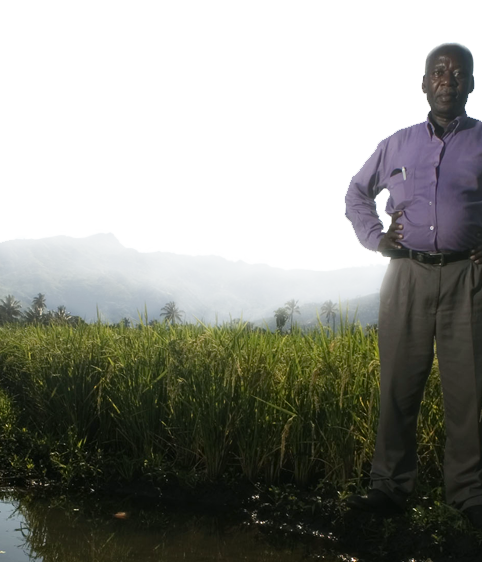
FAO supports countries in responding to the threats of climate change by providing advice, data and tools for better agricultural policies and practices.
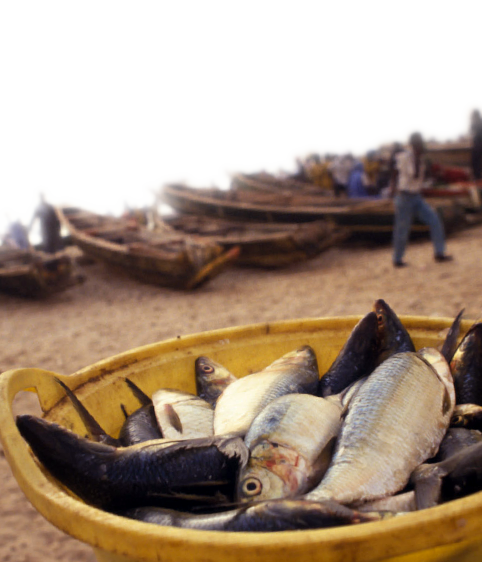
FAO, in partnership with governments and fishing communities, implements best practices in fisheries to ensure our oceans are protected as a means of livelihoods.
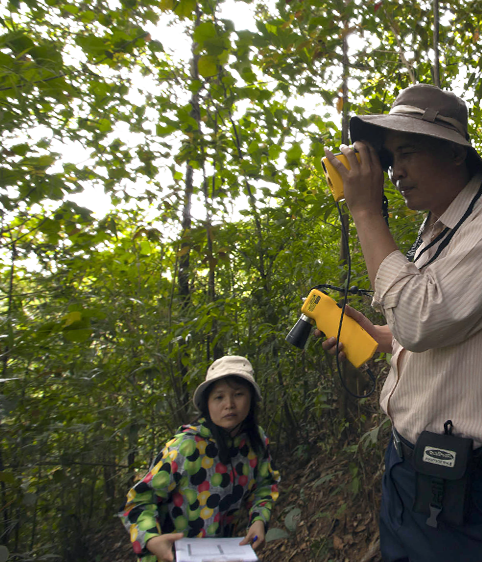
FAO promotes sustainable approaches to natural resource management and supports endeavours that promote a balance between conservation and development initiatives.
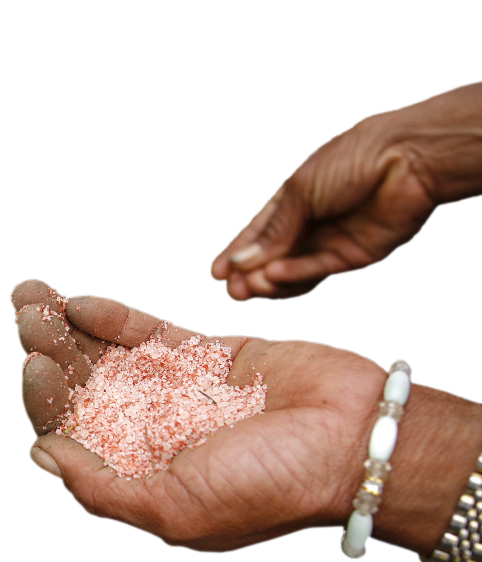
FAO plays a critical role in peacebuilding, restoring rural livelihoods, building resilience and participatory approaches to policymaking.
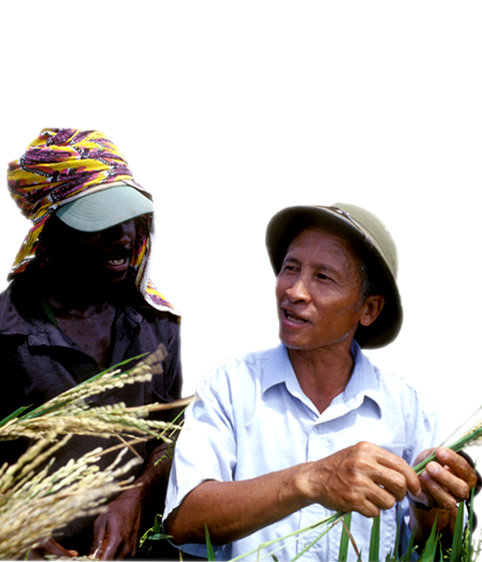
FAO acts as a neutral policymaking forum and develops partnerships with all concerned with food and agriculture to ensure a world free from hunger.





















